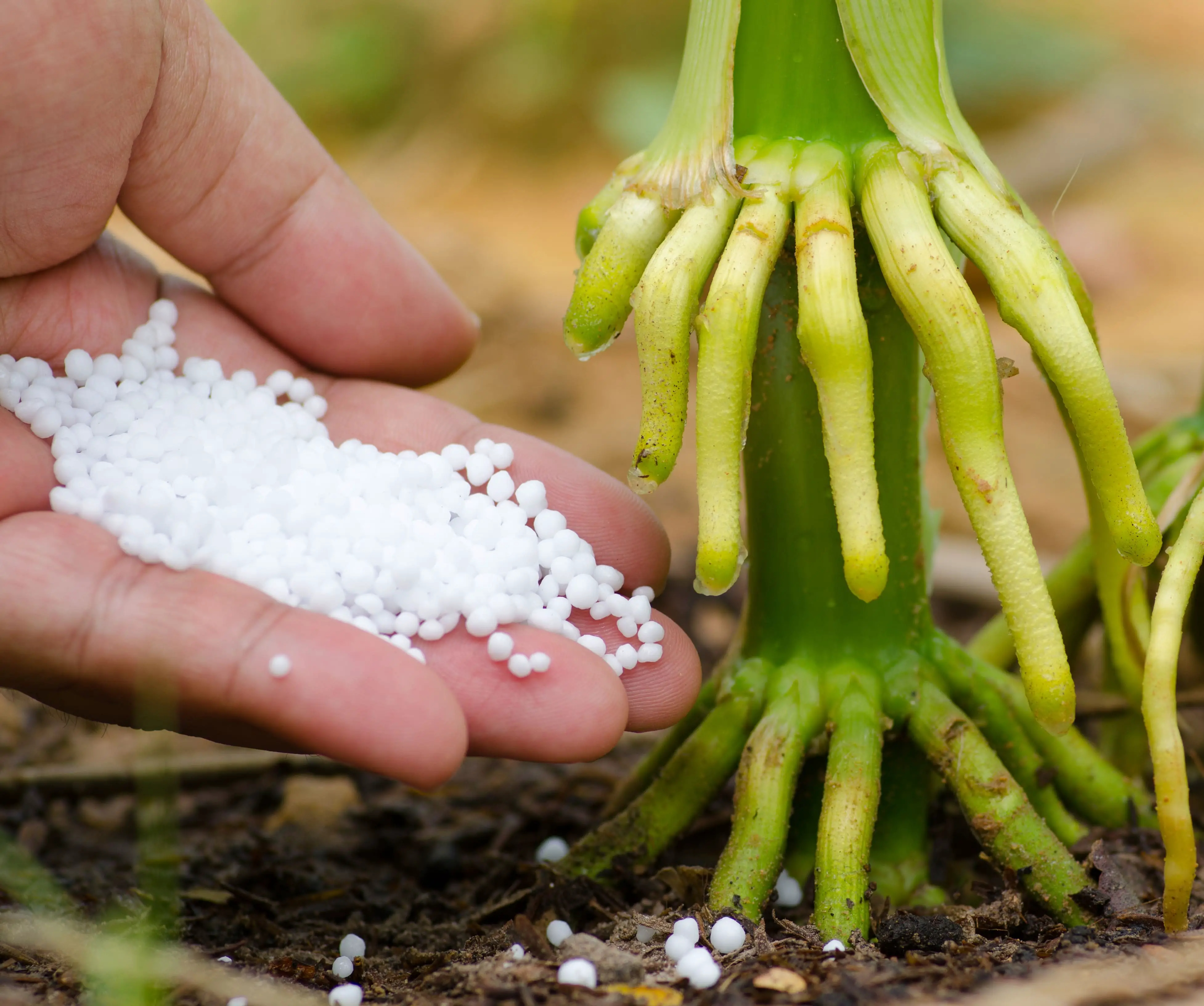

Articles
What Is Urea Fertilizer
Modified: May 6, 2024
Discover the benefits and uses of urea fertilizer in our informative articles. Learn how urea can improve crop health and maximize yields.
(Many of the links in this article redirect to a specific reviewed product. Your purchase of these products through affiliate links helps to generate commission for Storables.com, at no extra cost. Learn more)
Introduction
Welcome to the world of agriculture, where the growth and productivity of crops are essential for our food security. One crucial factor in ensuring bountiful harvests is the use of fertilizers. Fertilizers provide necessary nutrients to plants, promoting their growth and improving overall crop yield. Among the various types of fertilizers available, urea fertilizer stands out as one of the most widely used.
Urea fertilizer, also known as carbamide, is a white crystalline substance that contains high levels of nitrogen. Nitrogen is an essential element required by plants for photosynthesis, protein synthesis, and cell development. Urea is a highly concentrated nitrogen fertilizer, making it a popular choice for farmers looking to boost crop growth and enhance yield.
In this article, we will delve into the detailed aspects of urea fertilizer, including its definition, production process, composition, benefits, application methods, factors affecting efficiency, and its environmental impact. Additionally, we will explore alternative fertilizer options that can be used as substitutes to urea. So, let’s dive in and uncover the fascinating world of urea fertilizer.
Key Takeaways:
- Urea fertilizer, with its high nitrogen content and versatility, is a popular choice for farmers. However, understanding its potential environmental impact and exploring alternative fertilizers can lead to more sustainable agricultural practices.
- Factors such as soil moisture, temperature, and nutrient interactions can influence the efficiency of urea fertilizer. By implementing sustainable practices and exploring alternative fertilizers, farmers can strike a balance between productivity and environmental stewardship.
Read also: 12 Best Urea Fertilizer for 2024
Definition of Urea Fertilizer
Urea fertilizer is a type of nitrogen-based fertilizer that contains a high concentration of nitrogen in the form of urea, a compound composed of carbon, nitrogen, oxygen, and hydrogen. It is classified as a solid, prilled fertilizer, and its appearance resembles small, white spherical pellets.
Urea is considered a quick-release fertilizer, meaning that it rapidly dissolves in water and releases its nitrogen content into the soil. This makes it readily available for plant uptake, allowing for efficient nutrient absorption.
Urea fertilizer is highly versatile and can be used for a wide range of crops, including cereals, vegetables, fruits, and ornamental plants. It provides an essential nitrogen source that helps promote vigorous vegetative growth, lush green foliage, and improved crop quality.
The primary advantage of urea fertilizer is its high nitrogen content. It typically contains around 46% nitrogen by weight, making it one of the most concentrated nitrogen fertilizers available. This concentrated form allows farmers to provide plants with a substantial amount of nitrogen in a relatively small quantity of urea.
Furthermore, urea is a relatively inexpensive fertilizer option compared to other nitrogen fertilizers on the market. It is readily available in the agricultural industry and can be easily transported and stored, making it widely accessible for farmers around the world.
It is important to note that urea fertilizer is not suitable for all soil types. It is most effective in soils with a neutral pH level, as alkaline conditions can lead to the volatilization of ammonia gas, resulting in nitrogen loss. Additionally, urea should be applied in accordance with specific crop requirements and environmental conditions to maximize its effectiveness.
In the next section, we will explore the production process of urea fertilizer to gain a deeper understanding of how this essential fertilizer is manufactured.
Production Process of Urea Fertilizer
The production of urea fertilizer involves a complex chemical process known as the Haber-Bosch process. This process was developed in the early 20th century and revolutionized the production of nitrogen-based fertilizers.
The first step in the production process is the synthesis of ammonia (NH3) from nitrogen gas (N2) and hydrogen gas (H2). This reaction takes place under high pressure and with the aid of a catalyst. The resulting ammonia is then purified by removing any impurities, such as carbon dioxide and water vapor.
Once the ammonia is purified, it is combined with carbon dioxide (CO2) in a urea synthesis reactor. The carbon dioxide reacts with the ammonia in the presence of a catalyst, forming urea and water. This reaction is known as the urea synthesis reaction.
The urea solution that is formed in the reactor undergoes a series of further steps to convert it into solid urea fertilizer. The solution is concentrated and then sprayed into a fluidized bed granulator, where it solidifies into small granules. These granules are then dried and cooled to remove any remaining moisture. After the drying and cooling process, the urea granules are screened to achieve a uniform size and shape.
The final step in the production process is the coating of urea granules. A thin layer of wax or polymer is applied to the surface of the granules, which helps to reduce the loss of nitrogen through volatilization and improves the granules’ physical characteristics.
It is worth mentioning that the production of urea fertilizer requires a significant amount of energy, primarily in the form of natural gas, which is the main source of hydrogen gas for the ammonia synthesis reaction. Efforts are being made to develop more sustainable and energy-efficient methods for urea production to minimize the environmental impact associated with its manufacturing process.
Now that we have explored the production process of urea fertilizer, let’s move on to understanding its composition and nutrient content in the next section.
Composition and Nutrient Content of Urea Fertilizer
Urea fertilizer is composed primarily of nitrogen, with no other significant nutrients present. It typically contains a nitrogen content of about 46% by weight, making it an excellent source of this essential plant nutrient.
Nitrogen is a vital element for plant growth and development. It plays a crucial role in various biological processes within plants, including photosynthesis, protein synthesis, and chlorophyll production. As a result, nitrogen is directly linked to plant growth, leaf color, and overall crop yield.
When urea fertilizer is applied to the soil, it undergoes a process called hydrolysis. This process involves the conversion of urea into ammonium ions (NH4+) and hydroxide ions (OH-) through the action of the enzyme urease. The ammonium ions can then be readily absorbed by plant roots, providing a direct nitrogen source for plant uptake.
It is important to note that the nitrogen in urea fertilizer is considered a quick-release form of nitrogen. This means that it rapidly dissolves in the soil and becomes available for plant uptake. However, this also makes it more susceptible to leaching and volatilization, which can lead to nitrogen loss if not managed properly.
Aside from its nitrogen content, urea fertilizer has a neutral pH, making it compatible with a wide range of soils. It does not significantly affect soil acidity or alkalinity when applied, which is advantageous for farmers working with different soil types.
Although urea fertilizer does not contain any secondary or micronutrients, it can be combined with other fertilizers or soil amendments to provide a comprehensive nutrient package tailored to specific crop needs. This allows farmers to address any additional nutrient deficiencies in their soils.
In the next section, we will explore the benefits of using urea fertilizer in agriculture and how it contributes to improving crop productivity.
Benefits of Using Urea Fertilizer
Urea fertilizer offers several benefits that make it a popular choice among farmers for improving crop productivity. Let’s explore some of the key advantages of using urea fertilizer in agriculture:
1. Concentrated Nitrogen Content: Urea fertilizer contains a high concentration of nitrogen, typically around 46%. This makes it an excellent source of readily available nitrogen for plants, promoting vigorous vegetative growth, improved leaf formation, and enhanced crop yield.
2. Quick-Release Nitrogen: Urea fertilizer is a quick-release nitrogen fertilizer, meaning that it rapidly dissolves in water and becomes available for plant uptake. This allows crops to access the nutrients they need for optimal growth and development in a timely manner.
3. Versatile Application Methods: Urea fertilizer can be applied through various methods, including broadcasting, side-dressing, top-dressing, and fertigation. This flexibility allows farmers to choose the most suitable application method based on their crop type, soil conditions, and farming practices, ensuring efficient nutrient delivery.
4. Cost-Effective: Urea fertilizer is generally more affordable compared to other nitrogen fertilizers. Its cost-effectiveness makes it an attractive option for farmers looking to maximize their yield potential while minimizing input costs.
5. Neutral pH: Urea fertilizer has a neutral pH, which means it does not significantly alter soil acidity or alkalinity when applied. This makes it compatible with a wide range of soil types and reduces the need for additional soil amendments to adjust pH levels.
6. Crop Compatibility: Urea fertilizer is suitable for a variety of crops, including cereals, vegetables, fruits, and ornamental plants. Its versatility allows farmers to use it for different types of crops, simplifying fertilization practices.
7. Storage and Handling: Urea fertilizer is relatively easy to handle and store compared to other liquid fertilizers. Its prilled form makes it less likely to clog machinery or require specialized storage facilities, ensuring convenience for farmers.
It is essential to note that while urea fertilizer offers numerous benefits, its effectiveness can vary depending on factors such as soil conditions, climate, crop type, and proper application techniques. Farmers must consider these factors and apply urea fertilizer in accordance with recommended practices and dosages for optimal results.
In the next section, we will explore various application methods of urea fertilizer, providing insights into how farmers can effectively use this nitrogen fertilizer in their agricultural practices.
Urea fertilizer is a high-nitrogen fertilizer commonly used to promote plant growth. It is important to follow application instructions carefully to avoid burning the plants.
Read more: What Is Dap Fertilizer
Application Methods of Urea Fertilizer
Urea fertilizer can be applied to the soil through several different methods, each offering its own advantages and considerations. The choice of application method depends on various factors, including crop type, soil conditions, farming practices, and equipment availability. Let’s explore some common application methods of urea fertilizer:
1. Broadcasting: Broadcasting is a widely used method where urea fertilizer is spread evenly over the soil surface using mechanical spreaders or by hand. This method is suitable for crops that have a widespread root system. However, there is a greater risk of nitrogen loss through volatilization, especially when urea is left on the soil surface without incorporation.
2. Side-Dressing: Side-dressing involves applying urea fertilizer in a band alongside the planted rows or around the base of individual plants during their early growth stages. This method delivers nutrients directly to the root zone, ensuring efficient uptake by plants. Side-dressing is particularly beneficial for row crops, such as corn, wheat, and soybeans.
3. Top-Dressing: Top-dressing involves applying urea fertilizer directly onto the soil surface between rows of already established crops. This method is commonly used for crops that have a developed root system where incorporation of fertilizer may cause damage. Top-dressing should be followed by irrigation or rainfall to ensure proper nutrient absorption.
4. Fertigation: Fertigation is the process of injecting urea fertilizer into the irrigation system, allowing for precise and controlled nutrient application. This method is highly efficient in delivering nutrients directly to the plant’s root zone, ensuring optimal uptake. Fertigation is commonly used in commercial agriculture, particularly for horticultural crops.
5. Foliar Application: In some cases, urea fertilizer can be applied as a foliar spray directly to the leaves of plants. This method is primarily used to supply supplemental nitrogen to crops during critical growth stages or to correct nutrient deficiencies. Foliar application provides a rapid nutrient uptake, but it should be done carefully to avoid leaf burn and ensure proper coverage.
When applying urea fertilizer, it is important to consider factors such as soil moisture, temperature, and timing. Incorporating the fertilizer into the soil after application, either through rainfall or manual incorporation, helps reduce nitrogen loss through volatilization.
Farmers should also consider soil testing to determine the nutrient requirements of their crops. Soil tests can help determine the appropriate application rates and timing to optimize the use of urea fertilizer and prevent over-application, which can lead to environmental issues such as nutrient runoff.
By selecting the most suitable application method and employing best practices, farmers can effectively utilize urea fertilizer to provide their crops with the necessary nitrogen for healthy growth and high yields.
In the next section, we will explore the factors that can influence the efficiency of urea fertilizer and how farmers can overcome potential challenges.
Factors Affecting the Efficiency of Urea Fertilizer
The effectiveness of urea fertilizer can be influenced by several factors that impact its availability, absorption, and utilization by plants. It is important for farmers to understand these factors to maximize the efficiency of urea fertilizer application. Let’s explore some key factors that can affect the efficiency of urea fertilizer:
1. Soil Moisture: Adequate soil moisture is crucial for the efficient utilization of urea fertilizer. Dry soil conditions can hinder the hydrolysis process, reducing the conversion of urea into plant-available forms of nitrogen. It is important to ensure sufficient soil moisture for optimal urea breakdown and nutrient uptake by plants.
2. Temperature: The rate of urea hydrolysis is influenced by temperature. Higher temperatures promote faster hydrolysis, leading to increased nutrient availability. Conversely, low temperatures can slow down the hydrolysis process, delaying nutrient release to plants. It is crucial to consider the temperature conditions during urea fertilizer application for optimal results.
3. Soil pH: Soil pH plays a significant role in the efficient utilization of urea fertilizer. It affects the activity of the urease enzyme responsible for converting urea into plant-available forms of nitrogen. Soils with a pH above 7 are considered alkaline, which can increase the likelihood of nitrogen loss through volatilization. Soil amendment practices, such as lime application, can help optimize pH levels for improved urea efficiency.
4. Timing of Application: The timing of urea fertilizer application is crucial for maximizing nutrient uptake by plants. Applying urea before peak plant demand or during periods of heavy rainfall can result in nitrogen leaching. It is important to align urea application with crop growth stages and nutrient demand to ensure efficient utilization.
5. Soil Organic Matter: Soils with high organic matter content can enhance the efficiency of urea fertilizer. Organic matter acts as a reservoir for nutrients, helping to retain and release nitrogen slowly over time. Incorporating organic matter through practices like cover cropping or organic amendments can improve soil fertility and nutrient availability.
6. Nutrient Interactions: Urea fertilizer interactions with other nutrients in the soil can affect its availability and efficiency. For example, excessive phosphorus can inhibit urea hydrolysis and nutrient uptake. Conducting soil tests and considering nutrient interactions can help optimize fertilizer application and ensure balanced plant nutrition.
7. Application Method and Rate: The chosen application method and rate of urea fertilizer can significantly impact its efficiency. Proper distribution and incorporation of urea into the soil, avoiding excessive application rates, and employing precision application techniques can minimize nitrogen losses and maximize nutrient uptake by crops.
Understanding these factors and implementing appropriate management practices can enhance the efficiency of urea fertilizer, ensuring that nutrients are effectively utilized by crops and minimizing environmental impacts.
In the next section, we will discuss the environmental impact of urea fertilizer and explore alternative fertilizers that can be considered for sustainable agricultural practices.
Environmental Impact of Urea Fertilizer
While urea fertilizer offers many benefits for crop growth and productivity, it also has potential environmental impacts that need to be considered. Understanding these impacts is crucial for implementing sustainable agricultural practices. Let’s examine the main environmental concerns associated with urea fertilizer:
1. Nitrogen Leaching: Urea fertilizer can contribute to nitrogen leaching, where excess nitrogen moves through the soil and contaminates groundwater and surface water bodies. Nitrate runoff from agricultural fields can lead to water pollution and eutrophication, causing algal blooms and negatively impacting aquatic ecosystems.
2. Volatilization of Ammonia: Urea fertilizer is susceptible to volatilization, especially in alkaline soils or when left on the soil surface without incorporation. Volatilization results in the loss of gaseous ammonia into the atmosphere, contributing to air pollution and potentially degrading air quality in surrounding areas.
3. Greenhouse Gas Emissions: The production and use of urea fertilizer can release greenhouse gases into the atmosphere. The hydrolysis process of urea releases carbon dioxide (CO2) and the volatilization of ammonia produces nitrous oxide (N2O), which are potent greenhouse gases contributing to climate change.
4. Soil Acidification: The use of urea fertilizer over time can contribute to soil acidification, particularly in soils with limited buffering capacity. Soil acidification can negatively impact soil fertility, microbial activity, and nutrient availability, leading to reduced crop productivity and long-term soil degradation.
5. Nutrient Imbalance: Excessive and unbalanced use of urea fertilizer can lead to nutrient imbalances in soils. Over time, excessive nitrogen inputs can deplete other essential nutrients, such as phosphorus and potassium, affecting overall soil health and nutrient cycling.
To mitigate the environmental impact of urea fertilizer, farmers can adopt a range of sustainable practices:
1. Optimize Fertilizer Application: Precision application techniques, such as split applications and site-specific nutrient management, can help reduce over-application of urea fertilizer, minimizing the potential for nutrient losses and environmental pollution.
2. Incorporate Fertilizer Into the Soil: Incorporating urea fertilizer into the soil immediately after application can minimize ammonia volatilization. This can be done through tillage, irrigation, or using specialized equipment that places the fertilizer beneath the soil surface.
3. Implement Nutrient Management Plans: Developing and following nutrient management plans based on soil testing, crop requirements, and environmental considerations can help optimize fertilizer use, preventing excessive application and minimizing nutrient runoff and leaching.
4. Adopt Conservation Practices: Implementing conservation practices such as cover cropping, crop rotation, and conservation tillage can help improve soil health, increase organic matter content, and reduce nutrient loss, overall reducing the environmental impact of urea fertilizer.
5. Explore Alternative Fertilizers: Exploring alternative fertilizers, such as slow-release fertilizers, organic fertilizers, and precision-based fertilization techniques, can provide more environmentally friendly options while maintaining crop productivity.
By implementing these practices, farmers can minimize the environmental footprint of urea fertilizer and move towards more sustainable agricultural systems.
In the final section, we will discuss alternative fertilizer options that can be considered as substitutes to urea fertilizer.
Alternatives to Urea Fertilizer
While urea fertilizer has long been a popular choice for its high nitrogen content and affordability, there are several alternative fertilizers available that offer different benefits and can be considered for sustainable agricultural practices. Let’s explore some of the alternatives to urea fertilizer:
1. Organic Fertilizers: Organic fertilizers, such as compost, manure, and bone meal, are derived from natural sources and provide a range of essential nutrients to plants. They are typically slow-release fertilizers, improving soil health and fertility over time. Organic fertilizers can enhance soil structure, promote microbial activity, and reduce the risk of nutrient leaching and volatilization.
2. Controlled-Release Fertilizers: Controlled-release fertilizers, also known as slow-release fertilizers, are designed to release nutrients gradually over an extended period. These fertilizers are coated or encapsulated, allowing for a more controlled nutrient release, reducing the risk of nutrient loss and ensuring prolonged availability to plants. Controlled-release fertilizers can provide a more balanced nutrient supply and improve nutrient use efficiency.
3. Liquid Fertilizers: Liquid fertilizers, such as liquid nitrogen, phosphorus, and potassium formulations, provide a convenient and efficient way to deliver nutrients to plants. Liquid fertilizers can be applied through irrigation systems (fertigation) or as foliar sprays, allowing for precise application and quicker nutrient uptake. They are especially useful for crops that have high nutrient demands or for correcting nutrient deficiencies rapidly.
4. Ammonium Nitrate: Ammonium nitrate is a nitrogen fertilizer that contains both ammonium and nitrate forms of nitrogen. It has a higher nitrogen content compared to urea fertilizer and is often used in crops with high nitrogen requirements, such as corn and wheat. However, it is important to handle ammonium nitrate with caution due to its potential explosive characteristics and strict regulations related to its storage and transportation.
5. Biofertilizers: Biofertilizers are microbial inoculants that contain beneficial microorganisms, such as nitrogen-fixing bacteria, phosphate-solubilizing bacteria, and mycorrhizal fungi. These microorganisms help enhance nutrient availability and uptake by plants, improve soil fertility, and promote sustainable agriculture practices. Biofertilizers can reduce reliance on synthetic fertilizers and contribute to a more environmentally friendly approach to nutrient management.
6. Crop Rotation and Cover Crops: Implementing crop rotation and cover crops can be an effective alternative to relying solely on fertilizers. Crop rotation involves rotating crops with different nutrient requirements to prevent nutrient depletion and improve soil fertility. Cover crops, such as legumes, can fix nitrogen from the atmosphere and enrich the soil with this vital nutrient.
It is important to note that selecting the appropriate alternative fertilizer depends on various factors, including crop needs, soil conditions, and farming practices. Soil testing, crop monitoring, and consultation with agricultural experts can help determine the best fertilizer options for specific farming systems.
By exploring and implementing alternative fertilizers, farmers can enhance nutrient management, reduce environmental impacts, and work towards sustainable agricultural practices.
Final Thoughts
Urea fertilizer continues to be a widely used and valuable nitrogen fertilizer in agriculture. Its high nitrogen content, affordability, and versatility make it a go-to choice for many farmers. However, understanding the potential environmental impact and exploring alternative fertilizers can lead to more sustainable agricultural practices. By optimizing application methods, considering factors that affect efficiency, and implementing alternative fertilizers or practices, farmers can strike a balance between crop productivity and environmental stewardship, ensuring a healthier and more sustainable future for our agricultural systems.
Read more: What Is Potash Fertilizer
Conclusion
Urea fertilizer plays a vital role in modern agriculture by providing essential nitrogen nutrients for crop growth and enhancing overall productivity. Its high nitrogen content, cost-effectiveness, and versatility make it a popular choice among farmers. However, it is important to be aware of the potential environmental impacts associated with its use.
From the definition and production process of urea fertilizer to its composition and nutrient content, we have explored the various aspects of this valuable fertilizer. We have also discussed the benefits of using urea fertilizer and the different application methods available. Additionally, we highlighted the factors that affect its efficiency and provided insights into the environmental impact it can have.
Recognizing the importance of sustainable agricultural practices, we explored alternatives to urea fertilizer, including organic fertilizers, controlled-release fertilizers, liquid fertilizers, and biofertilizers. These alternatives offer different advantages such as reduced nutrient loss, improved soil health, and decreased environmental impact.
Ultimately, the key to efficient and responsible fertilizer use lies in proper nutrient management. Soil testing, crop monitoring, and implementing best practices like precision application techniques, incorporation, and appropriate timing can maximize the effectiveness of urea fertilizer while minimizing its environmental impacts.
As we move toward a more sustainable future, it is crucial for farmers, researchers, and policymakers to continue exploring innovative and environmentally friendly approaches to nutrient management. By adopting sustainable practices, exploring alternative fertilizers, and taking into account the specific needs of their crops and soils, farmers can strike a balance between productivity and sustainability.
Together, through a combination of responsible fertilizer use, precision agriculture, and sustainable farming practices, we can ensure the long-term health of our crops, our soils, and our environment for generations to come.
Curious about stepping up your gardening game? Learning about urea fertilizer is just the beginning. For those keen on optimizing plant growth, mastering the use of nitrogen-rich supplements is crucial. Check out our detailed guide on the best nitrogen fertilizer options available. If applying these nutrients seems tricky, don’t worry! We also have a handy guide that simplifies fertilizer application techniques, ensuring your garden thrives with minimal hassle.
Frequently Asked Questions about What Is Urea Fertilizer
Was this page helpful?
At Storables.com, we guarantee accurate and reliable information. Our content, validated by Expert Board Contributors, is crafted following stringent Editorial Policies. We're committed to providing you with well-researched, expert-backed insights for all your informational needs.
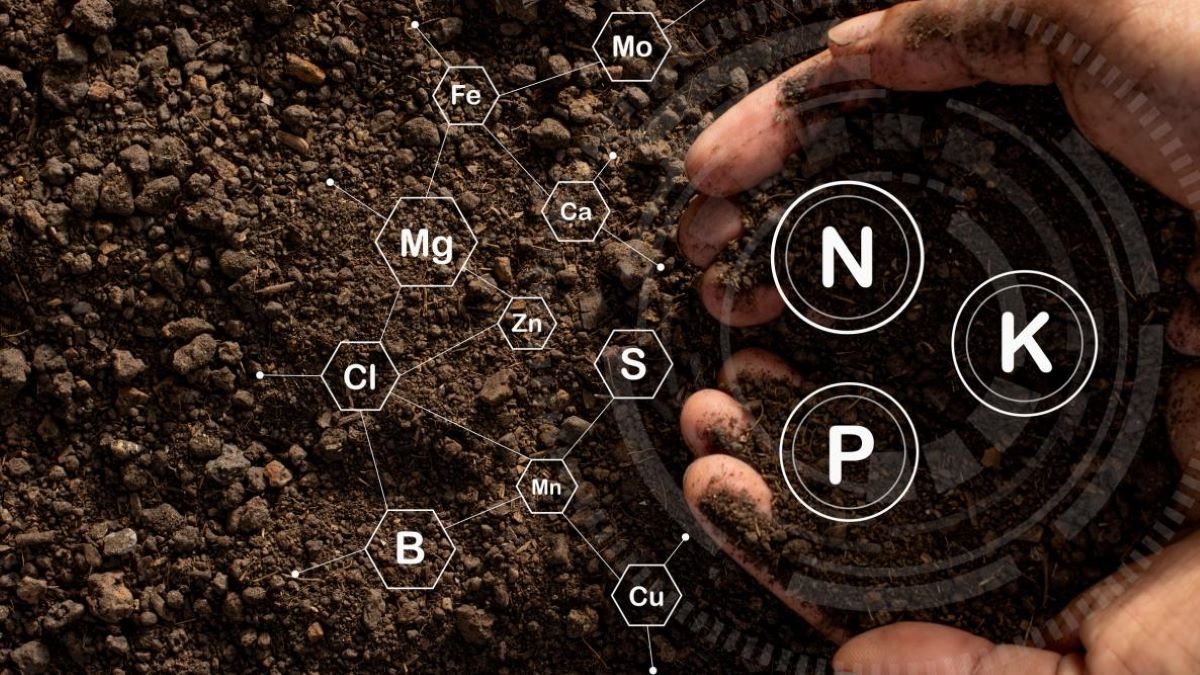
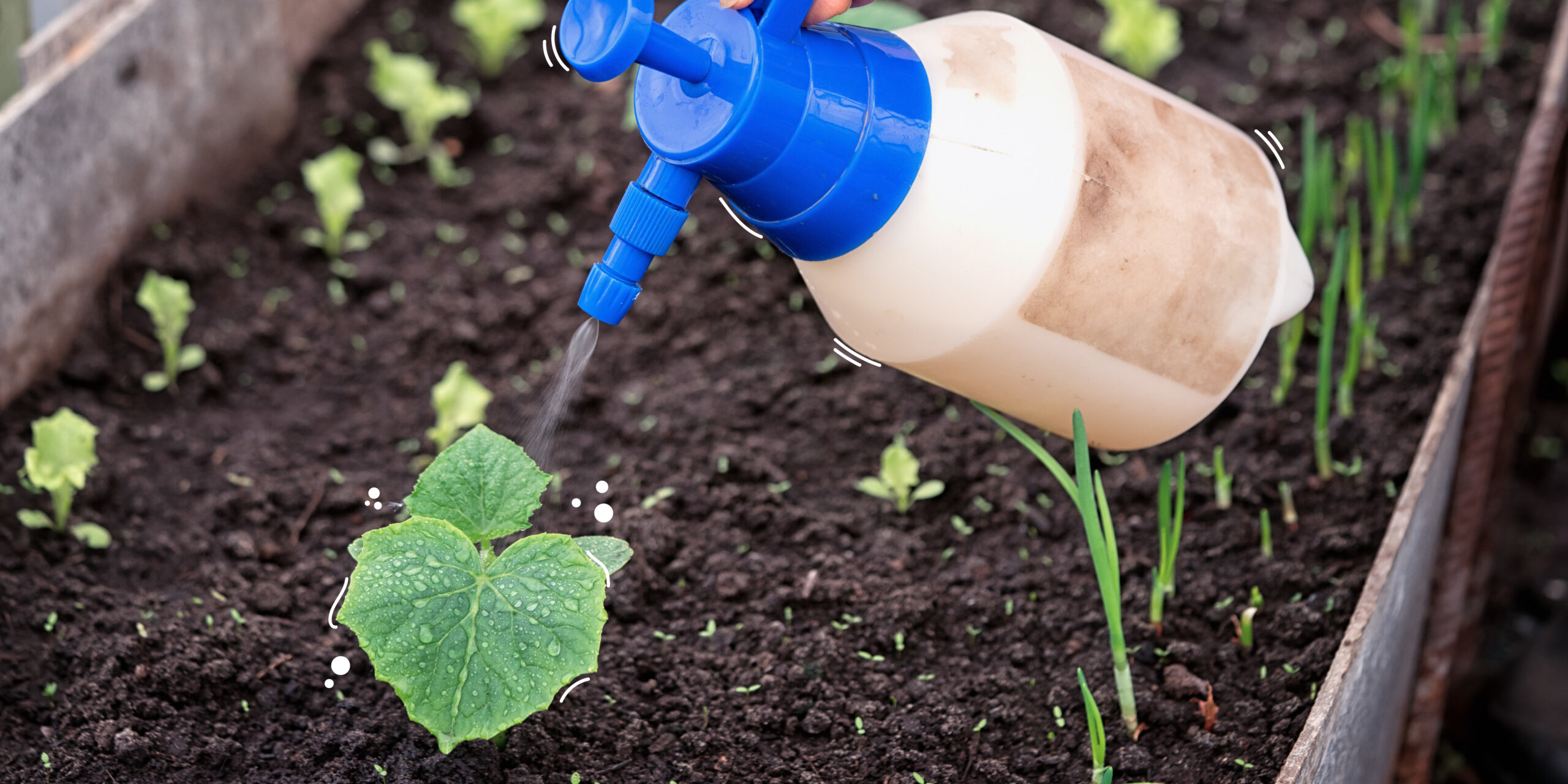
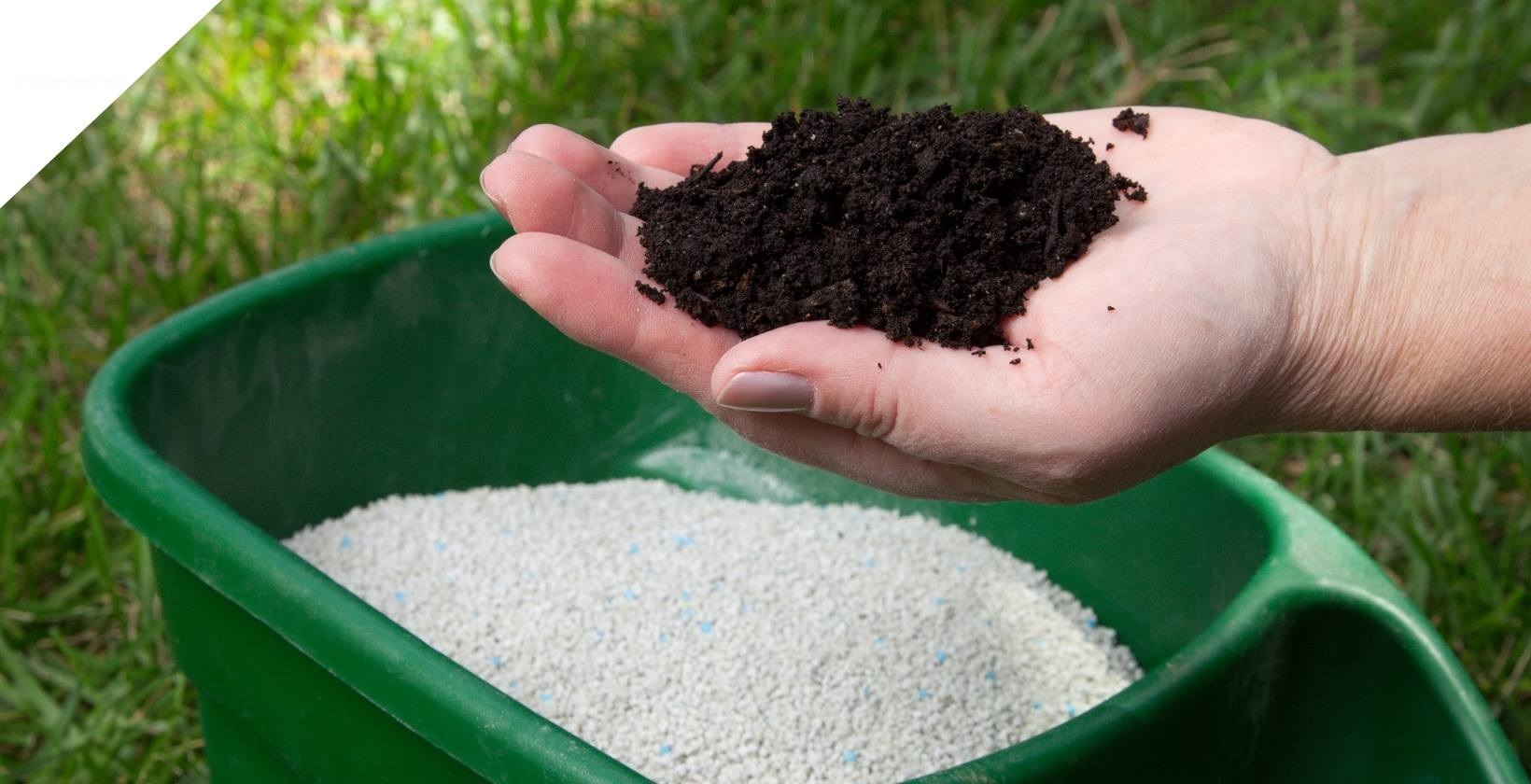
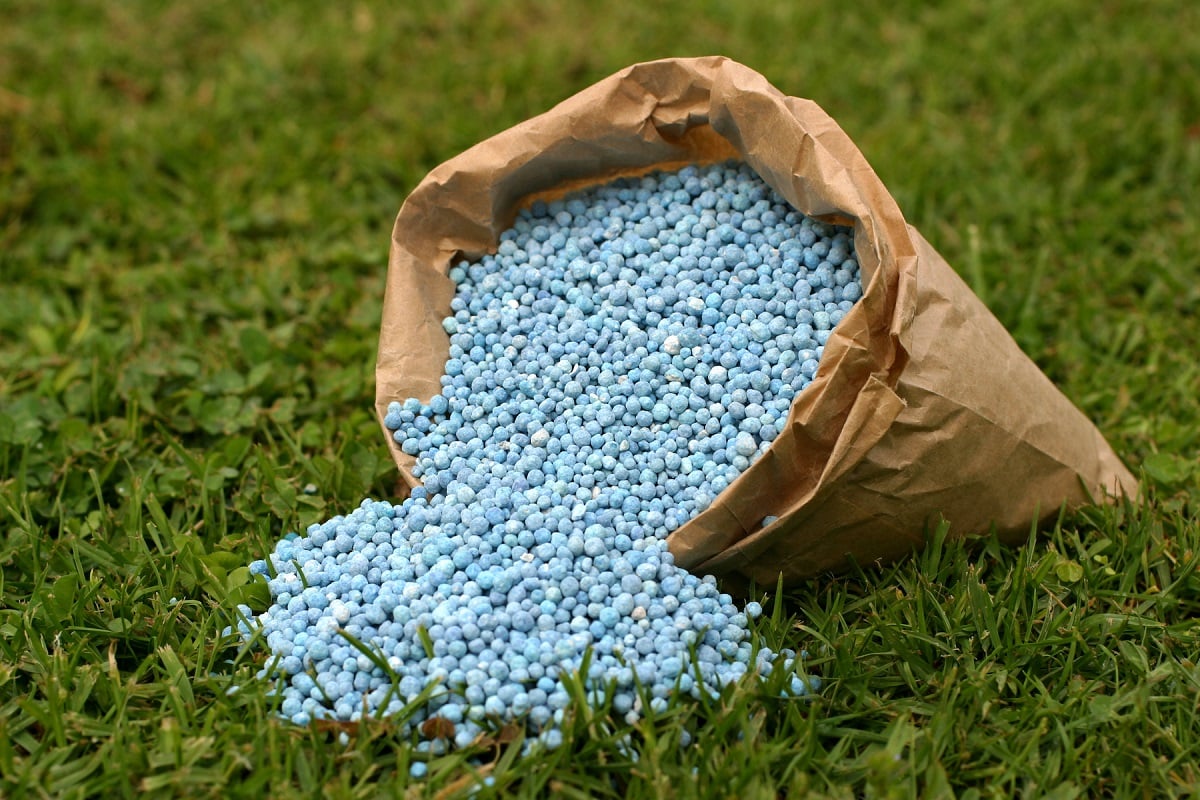
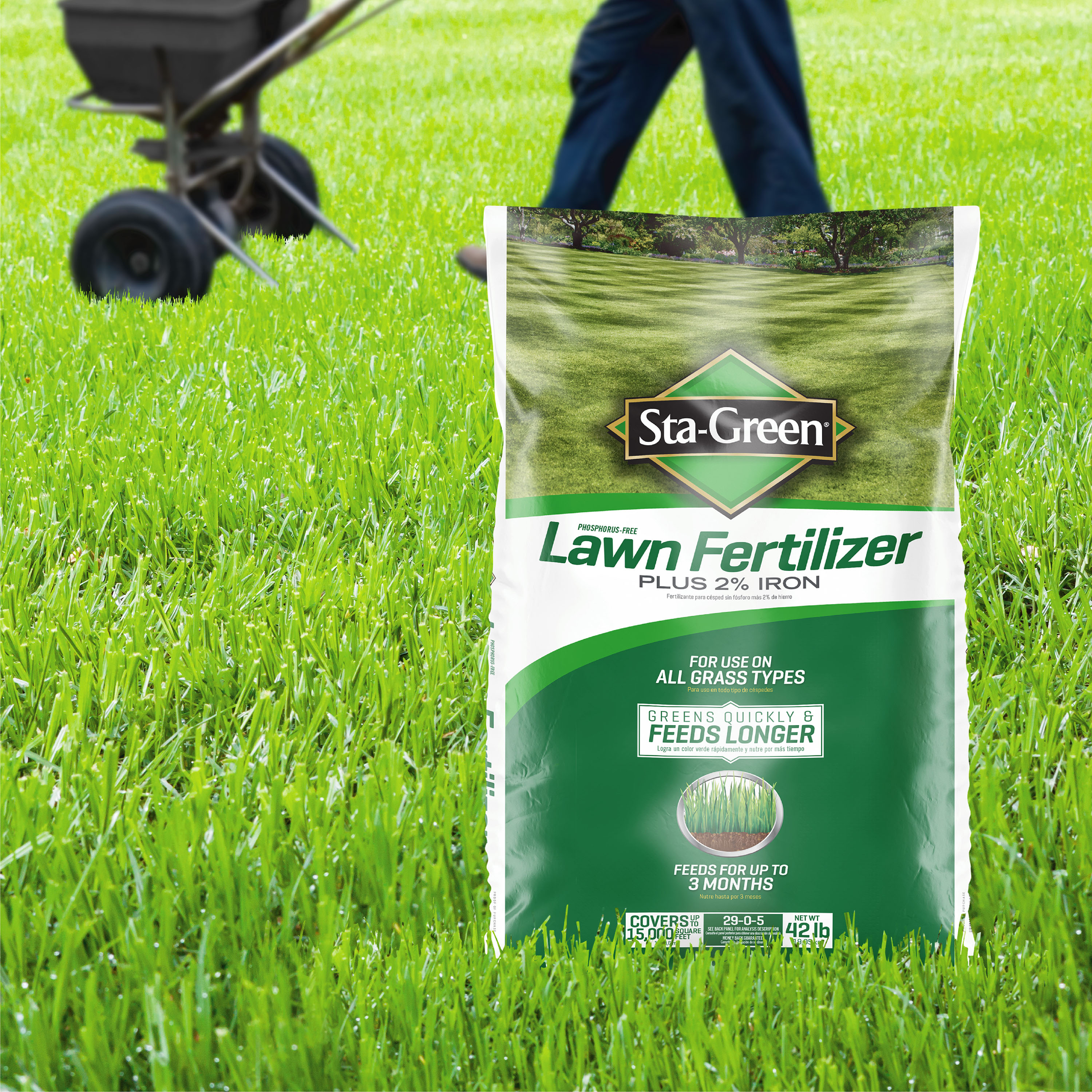

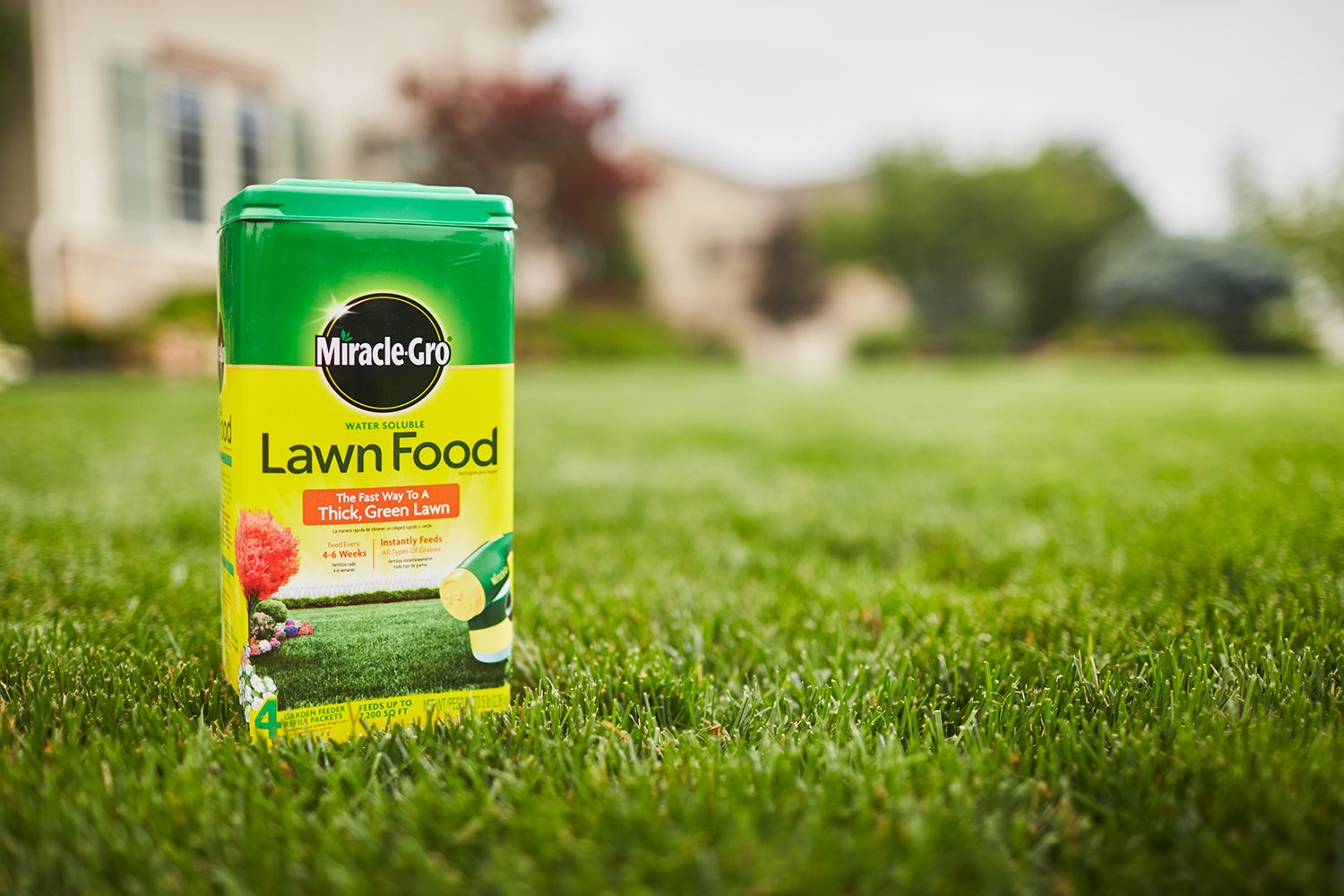


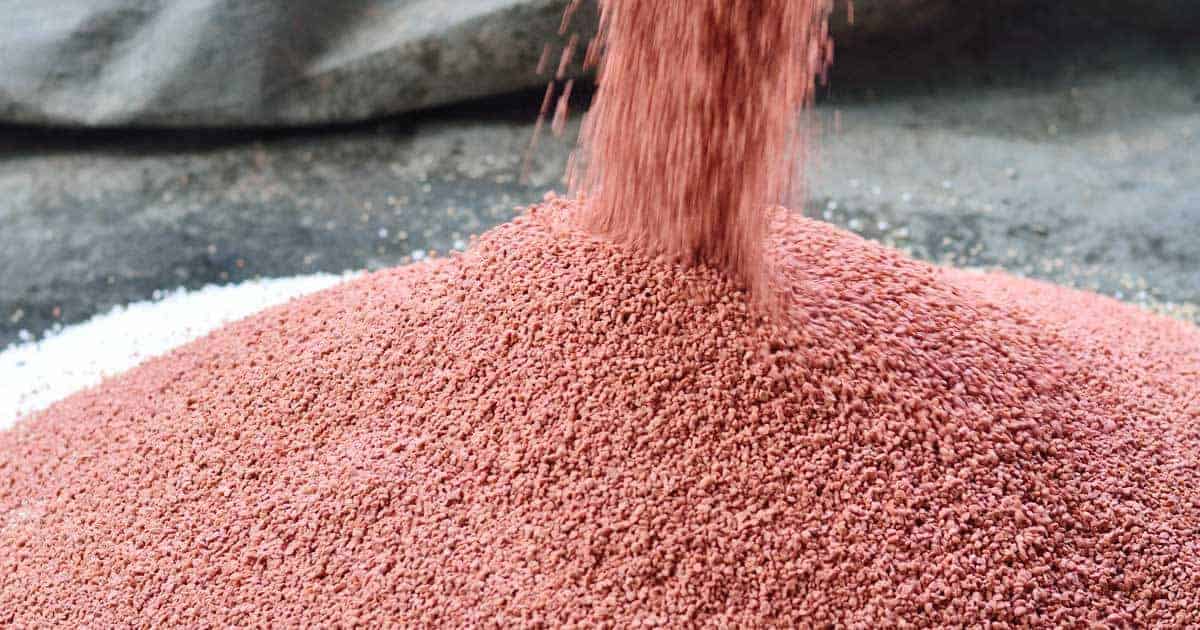

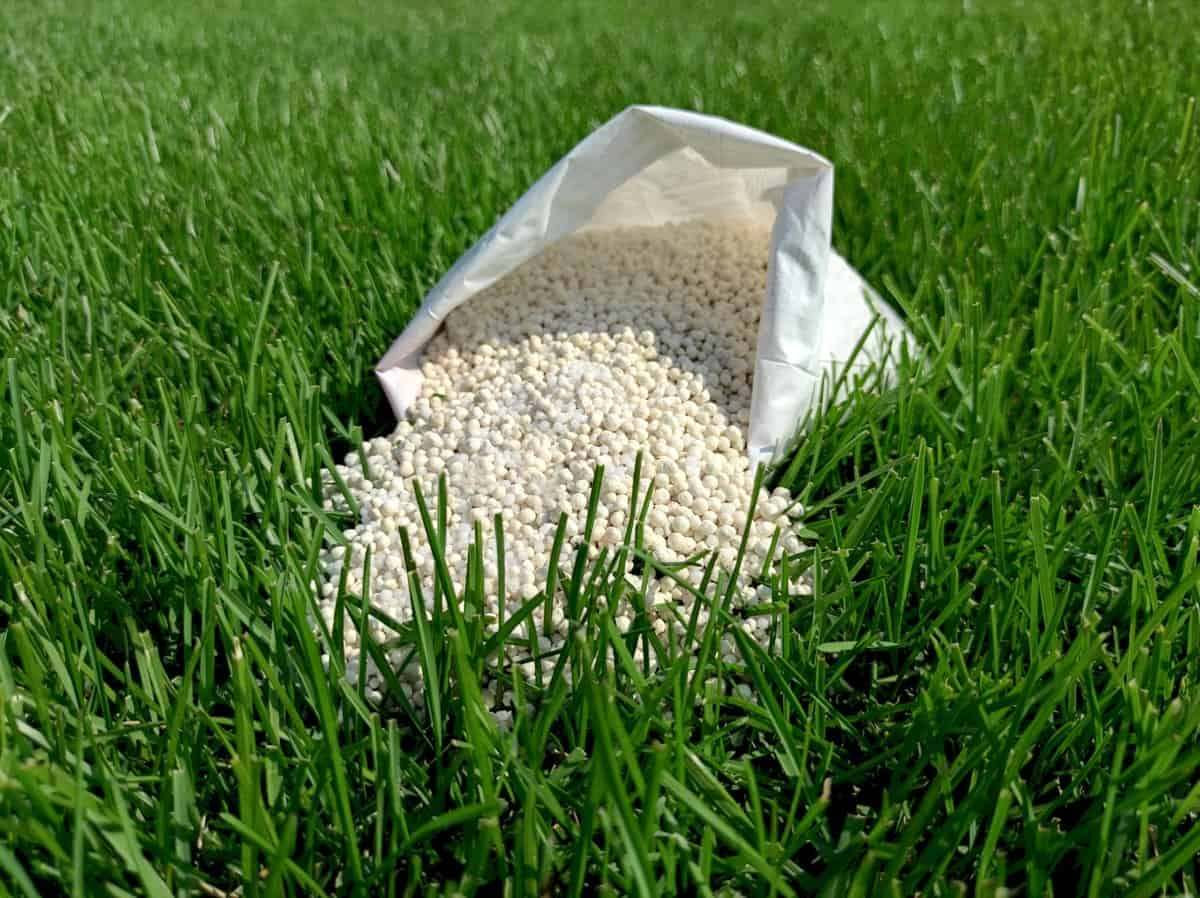


0 thoughts on “What Is Urea Fertilizer”